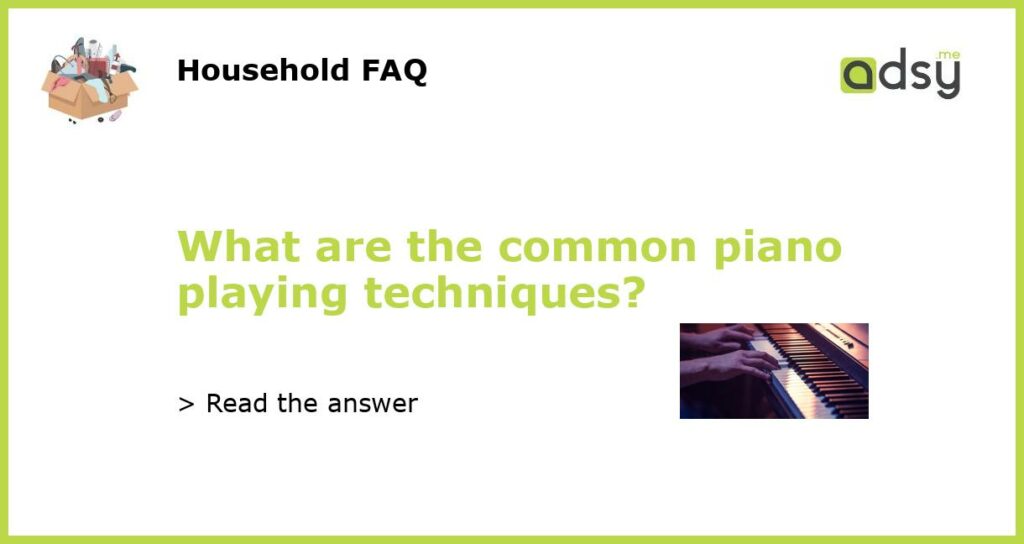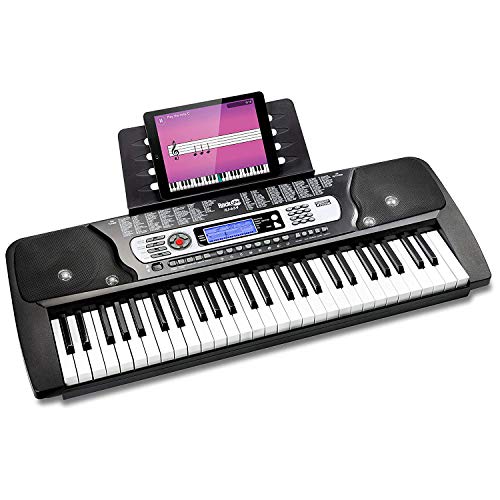Introduction to Piano Playing Techniques
Piano playing techniques refer to the various skills and methods used by pianists to produce different sounds and expressiveness on the piano. These techniques involve the use of hands, fingers, wrists, and even the whole body to achieve desired musical effects. Whether you are a beginner or an advanced pianist, understanding and practicing these common piano playing techniques can greatly enhance your performance and musicality.
The Importance of Hand Position and Posture
One of the fundamental piano playing techniques is having the correct hand position and posture. The hands should be relaxed and positioned naturally on the keys, with the fingers slightly curved and resting on the fingerprints. Avoid unnecessary tension or excessive movement in the wrists and arms. Good hand position and posture ensure better control, accuracy, and fluidity in playing the piano.
Learning Finger Independence and Dexterity
Developing finger independence and dexterity is crucial for playing the piano. The ability to move each finger independently allows pianists to play complex melodies, chords, and rapid passages. Practice exercises such as scales, arpeggios, and finger drills can help improve finger strength, agility, and coordination. Additionally, hand coordination exercises, such as playing different rhythms with each hand separately, can further enhance finger independence.
Mastering Articulation Techniques
Articulation techniques in piano playing involve controlling the duration, intensity, and quality of each note. These techniques can add expressiveness and clarity to musical phrases. Staccato, where the keys are released quickly to create short and distinct notes, and legato, where the keys are smoothly connected to create a seamless sound, are two of the most common articulation techniques. Other techniques include using accents, crescendos, sforzandos, and various styles of phrasing to bring out different musical interpretations.
Exploring Pedaling and Dynamic Control
Pedaling and dynamic control are essential techniques that pianists use to manipulate the sustain and volume of notes. The sustain pedal, also known as the damper pedal, allows the strings to resonate freely, creating a rich and full sound. Proper pedaling techniques involve knowing when to depress, release, or half-pedal the pedal for different musical effects. Dynamic control refers to the ability to vary the volume of the music, from soft and delicate pianissimo to powerful and intense fortissimo. Utilizing different degrees of pressure and speed on the keys can help achieve optimal dynamic control.






